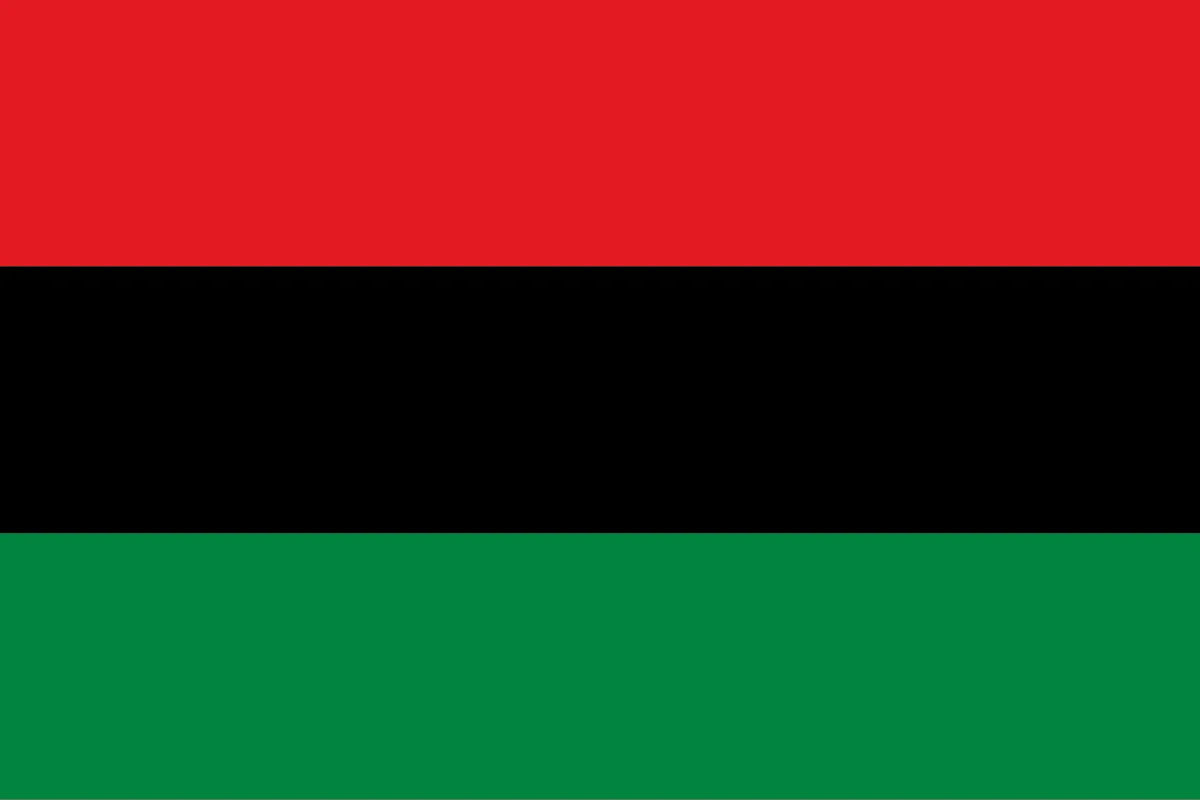The Charles H. Wright Museum
of African American History
HABARI GANI?
Thank you for attending our Kwanzaa celebration! Watch the live stream here.
What is Kwanzaa?
Kwanzaa is an African-American holiday founded in 1966 by Dr. Maulana Karenga, as a way to unite the community following the Watts Rebellion. Kwanzaa is derived from the phrase “matunda ya kwanza” which means “first fruits” in Swahili.
Each family celebrates Kwanzaa in its own way, but celebrations often include songs and dances, African drums, storytelling, poetry reading, and a large traditional meal. Each night, a child lights one of the candles on the Kinara (candleholder), then one of the seven principles is discussed.
WHO CAN CELEBRATE KWANZAA?
Although Kwanzaa is a traditionally African-American holiday, people from all walks of life are invited and encouraged to participate, then share what they've learned each day.
To participate in the festivities, all visitors HAD TO be registered and Were required to show proof of vaccination or a negative COVID test taken no more than 72 hours before arrival.
Community Partners
2021’s presenters included African Liberation Day Committee, Malcolm X Grassroots Movement, Nsoroma Institute, Nanou Djiapo, UNIA-ACL, & Hood Research Group.
THE 7 KWANZAA SYMBOLS
Kikombe cha Umoja - Unity cup
Kinara - Candleholder which represents the roots of the community and culture
Mazao - Fruits and vegetables representing crops
Mishumaa Saba - Seven Kwanzaa candles which represent the Nguzo Saba as they are lit
Mkeka - Straw mat represents the foundation of the culture and history of the people
Muhindi - Ears of corn to represent each child in the home and an additional ear for future blessings and generations
Zawadi - Gifts traditionally given on Imani, the last day of Kwanzaa
the nguzo saba (The Seven Principles) explained
Nguzo Saba is a set of ideals created to contribute to building and reinforcing community.
- Unity: Umoja (oo–MO–jah)
-
To strive for and maintain unity in the family, community, nation, and race.
- Self-determination: Kujichagulia (koo–gee–cha–goo–LEE–yah)
-
To define ourselves, name ourselves, create for ourselves, and speak for ourselves.
- Collective Work and Responsibility: Ujima (oo–GEE–mah)
-
To build and maintain our community together and make our brother’s and sister’s problems our problems and to solve them together.
- Cooperative Economics: Ujamaa (oo–JAH–mah)
-
To build and maintain our own stores, shops, and other businesses and to profit from them together.
- Purpose: Nia (nee–YAH)
-
To make our collective vocation the building and developing of our community in order to restore our people to their traditional greatness.
- Creativity: Kuumba (koo–OOM–bah)
-
To do always as much as we can, in the way we can, in order to leave our community more beautiful and beneficial than we inherited it.
- Faith: Imani (ee–MAH–nee)
-
To believe with all our heart in our people, our parents, our teachers, our leaders, and the righteousness and victory of our struggle.

Pan Africanism
The term ‘Pan African’ represents all peoples of African descent, both on the continent of Africa and in the global African Diaspora, especially those in the Americas and the Caribbean as a result of the Trans-Atlantic slave trade.
The Pan African flag was established in 1920 by members of the United Negro Improvement Association and African Communities League (UNIA-ACL). The color Red symbolizes the blood of the African peoples shed for liberation, Black represents the noble and proud African people of the African Diaspora, and Green represents the lush vegetation and natural resources of Africa.